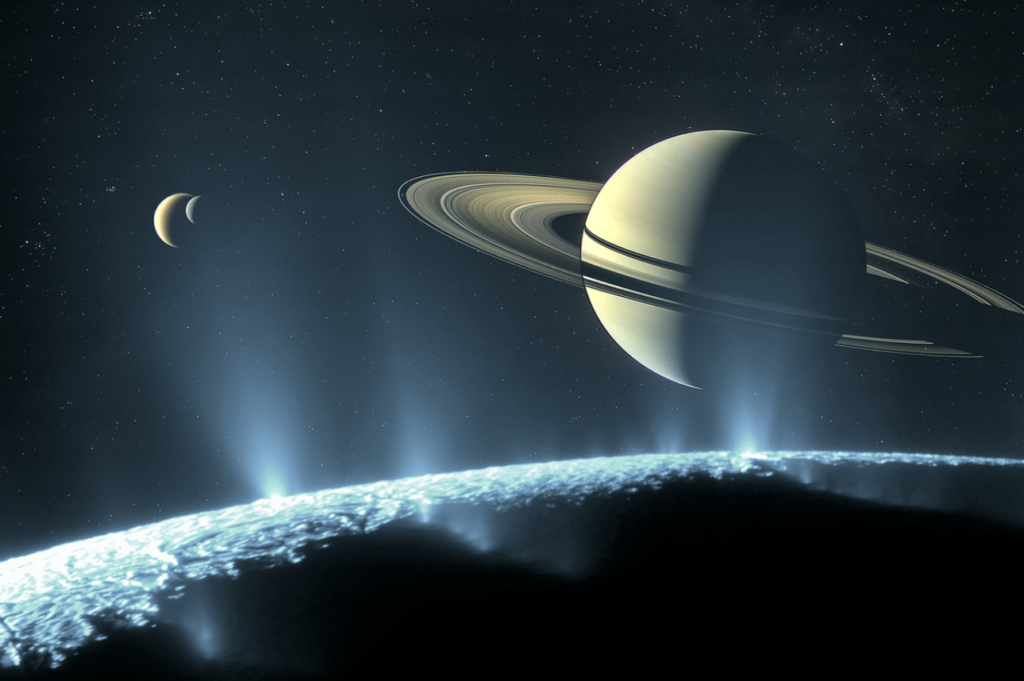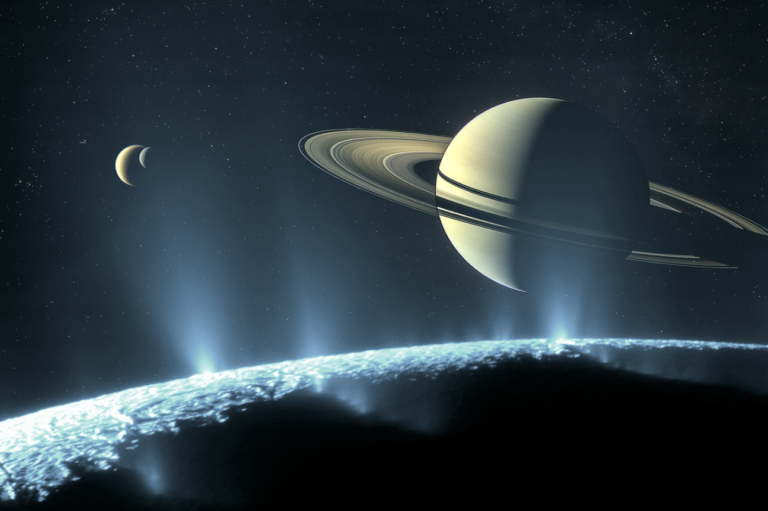Fresh Findings Suggest Potential for Life Support on Saturn’s Moon
The presence of molecules in the icy plumes of Enceladus implies the potential for alien life within our solar system.
Saturn’s moon Enceladus, covered by an ocean beneath its icy crust, continuously releases water into space through fractures. Cassini, a spacecraft that analyzed these jets in the mid-2000s, identified molecules crucial for Earth’s life, such as carbon dioxide and ammonia. A recent study, published in Nature Astronomy, reanalyzed Cassini’s samples, uncovering Enceladus’s remarkable chemical diversity, positioning it as a leading contender for the potential discovery of alien life in our solar system.

Lead author Jonah Peter, a biophysicist from Harvard University, revisited data from NASA’s Cassini-Huygens mission in 2011 and 2012, revealing the moon’s rich chemical makeup. Employing statistical analysis, the team compared molecular signatures in jet samples with billions of potential combinations, identifying previously undetected compounds, including hydrocarbons like hydrogen cyanide and ethane, along with traces of partially oxidized compounds like methanol.
These findings, powered by a sophisticated statistical method, highlight the chemical activity of Enceladus’s small moons, unveiling larger molecules not initially identified by Cassini’s instruments. The presence of hydrogen cyanide, a versatile building block for life, adds to the excitement. Laboratory simulations suggest that environments similar to Enceladus’s ice shell could foster the formation of molecules crucial for life’s origin.
The diverse chemical composition of the plumes indicates a high potential for oxidation-reduction reactions, vital for synthesizing life’s building blocks and supporting biochemical processes like oxygen respiration and photosynthesis. Detection of both oxidized and reduced compounds in Enceladus’s plumes suggests the possibility of habitable environments where life could emerge or be sustained, although evidence for such processes is currently lacking.
While uncertainties persist, the findings inform future exploration of ocean worlds, particularly those resembling Enceladus, such as Jupiter’s moon Europa. Ongoing and planned missions, including the European Space Agency’s Jupiter Icy Moons Explorer (Juice) spacecraft, aim to delve deeper into these questions. The newfound molecular diversity underscores the importance of revisiting Enceladus in future space missions equipped to explore its complex chemical environment, potentially shedding light on the moon’s true habitability.
Do not forget to share your opinion with us to provide you with the best posts !




0 Comments